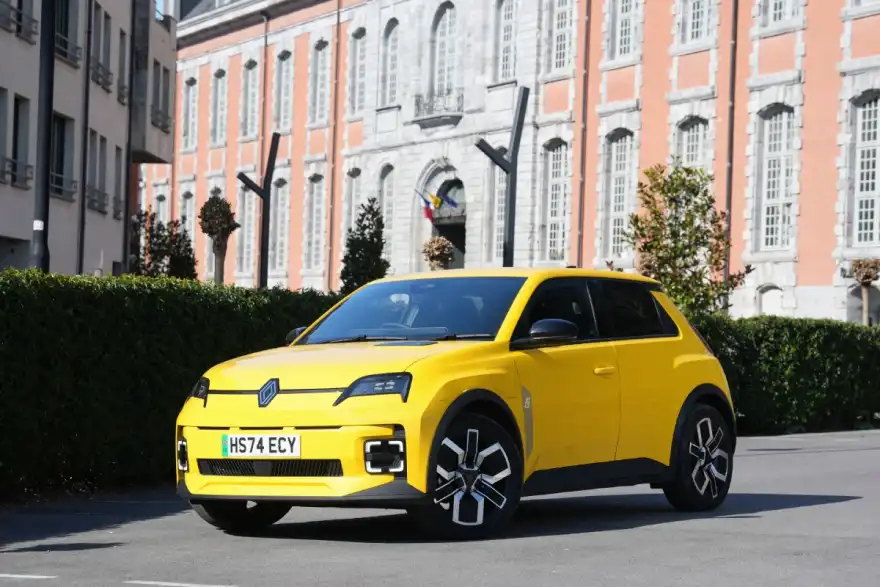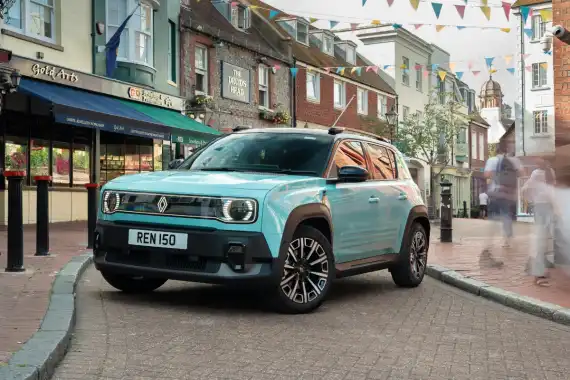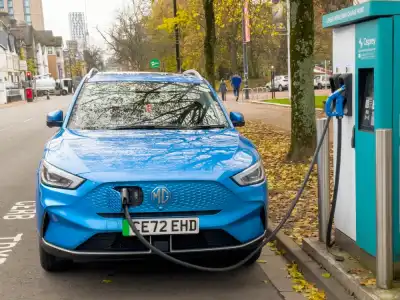
A decision on the EU’s proposed affordable electric car category is expected next month - and if approved, Renault plans to reduce prices of the Renault 4, 5 and new Twingo by up to 15% rather than launch entirely new models.
The European Commission’s plan aims to create a new class of small, low-cost electric cars built in Europe for European consumers, similar to Japan’s kei car system. The goal is to make EVs more affordable, protect jobs, and help European brands compete with cheaper, state-subsidised Chinese imports.
Renault Group’s head of international operations, François Provost, said that if certain parameters are included, he would like lawmakers to pause new safety regulations for 10 to 15 years. “That would allow engineers to focus on improving current models and cutting production costs, leading to lower prices for customers,” he explained.

Provost clarified he isn’t asking for deregulation, just a break from constant rule changes. Europe currently plans 107 new automotive regulations by 2030, many of which add expensive technology such as advanced driver-assistance systems (ADAS) to remain compliant. These frequent updates, he said, create significant engineering and financial burdens for carmakers.
Renault’s preferred criteria for the new category include vehicles under 4.1 metres long, generating less than 15 tonnes of CO₂ over their lifetime, and using locally sourced parts, including batteries. If these parameters are adopted, Renault’s 4, 5 and Twingo models would qualify - allowing the company to target Europe’s core A- and B-segment markets with lower prices.

Provost stressed that this category should remain exclusively for electric vehicles: “Decarbonisation is Europe’s priority, and Renault won’t go backwards. EVs are the future.”
He also warned that current EV prices are too high for many households, slowing car replacement cycles and harming both safety and the environment. “People can’t afford new cars, so the average vehicle age is now 12.5 years. That means less decarbonisation and a weaker industry. We need to start from the price people can actually pay.”




